Diverse Flavor Profiles
The demand for unique and diverse flavor profiles is emerging as a significant driver within the Non-Alcoholic Spirits Market. Consumers are increasingly seeking innovative and complex flavors that mimic traditional spirits, leading to a surge in product development. Brands are experimenting with botanicals, spices, and other natural ingredients to create non-alcoholic spirits that offer a rich tasting experience. Recent market analysis indicates that products with unique flavor combinations are gaining traction, with sales in this segment rising by over 15% in the past year. This trend not only attracts traditional spirit drinkers but also appeals to a broader audience looking for exciting non-alcoholic options. The Non-Alcoholic Spirits Market is thus positioned to thrive as it continues to innovate and cater to the evolving tastes of consumers.
Health-Conscious Choices
The increasing awareness of health and wellness among consumers appears to be a pivotal driver for the Non-Alcoholic Spirits Market. As individuals become more health-conscious, they are actively seeking alternatives to traditional alcoholic beverages. This trend is reflected in the rising demand for non-alcoholic options, which are perceived as healthier choices. According to recent data, the non-alcoholic beverage sector has experienced a growth rate of approximately 7% annually, indicating a shift in consumer preferences. The Non-Alcoholic Spirits Market is benefiting from this trend, as brands innovate to create products that cater to health-conscious consumers. This includes low-calorie, low-sugar, and organic options that align with the growing desire for healthier lifestyles. As a result, the market is likely to expand further as more consumers opt for non-alcoholic spirits in social settings.
Innovative Marketing Strategies
The implementation of innovative marketing strategies is playing a vital role in the growth of the Non-Alcoholic Spirits Market. Brands are increasingly leveraging social media, influencer partnerships, and experiential marketing to reach a wider audience. These strategies are particularly effective in engaging younger consumers who are more likely to discover new products through digital platforms. Recent studies suggest that brands utilizing targeted social media campaigns have seen a 25% increase in brand awareness and consumer engagement. The Non-Alcoholic Spirits Market is thus benefiting from these modern marketing approaches, which not only enhance visibility but also foster a community around non-alcoholic beverages. As competition intensifies, the ability to effectively market products will likely be a key determinant of success in this evolving market.
Sustainability and Ethical Consumption
The growing emphasis on sustainability and ethical consumption is becoming a crucial driver for the Non-Alcoholic Spirits Market. Consumers are increasingly concerned about the environmental impact of their purchases and are seeking brands that align with their values. This trend is prompting companies to adopt sustainable practices, such as sourcing ingredients responsibly and utilizing eco-friendly packaging. Data indicates that approximately 40% of consumers are willing to pay a premium for products that are sustainably produced. The Non-Alcoholic Spirits Market is responding to this demand by highlighting their commitment to sustainability, which not only enhances brand loyalty but also attracts environmentally conscious consumers. As the market evolves, the integration of sustainability into product offerings is likely to become a defining characteristic of successful brands.
Social Acceptance of Non-Alcoholic Options
The evolving social landscape appears to be fostering greater acceptance of non-alcoholic beverages, significantly impacting the Non-Alcoholic Spirits Market. As societal norms shift, more individuals are embracing non-alcoholic options, viewing them as sophisticated and trendy. This change is particularly evident among younger demographics, who are increasingly prioritizing mindful drinking. Data suggests that nearly 30% of millennials and Gen Z consumers actively seek non-alcoholic alternatives, indicating a substantial market opportunity. The Non-Alcoholic Spirits Market is capitalizing on this trend by offering a diverse range of products that appeal to these socially conscious consumers. As bars and restaurants expand their non-alcoholic offerings, the visibility and acceptance of these beverages continue to grow, further solidifying their place in the beverage market.


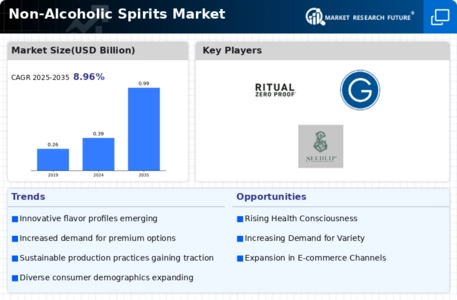
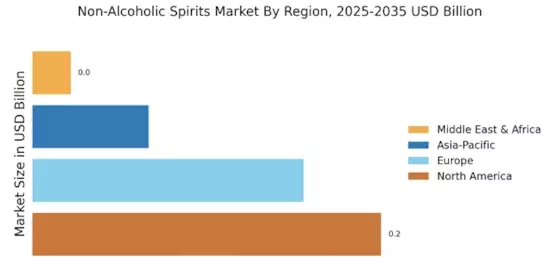
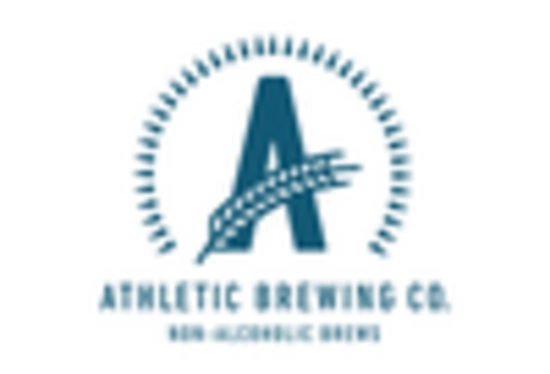
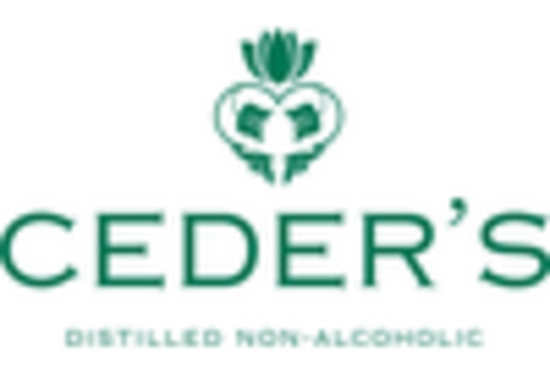
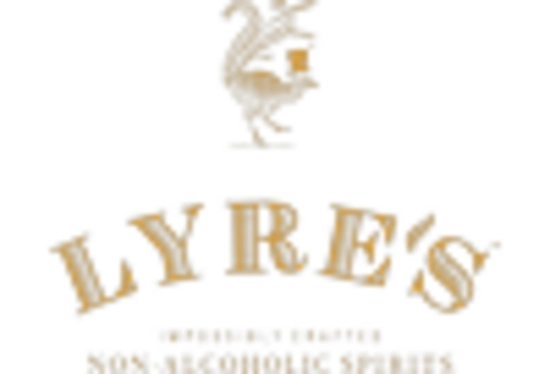

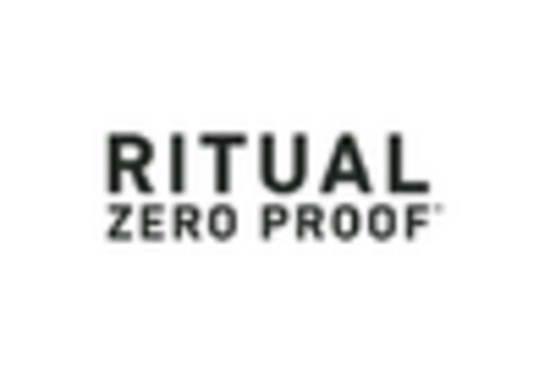
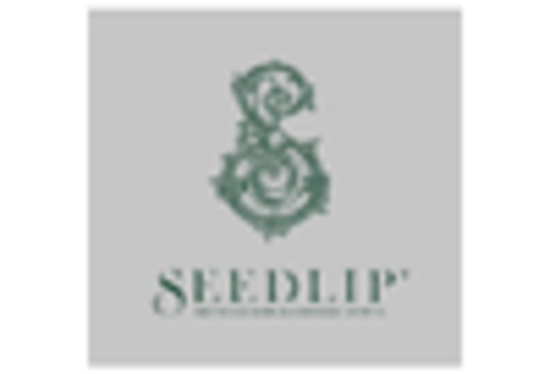








Leave a Comment